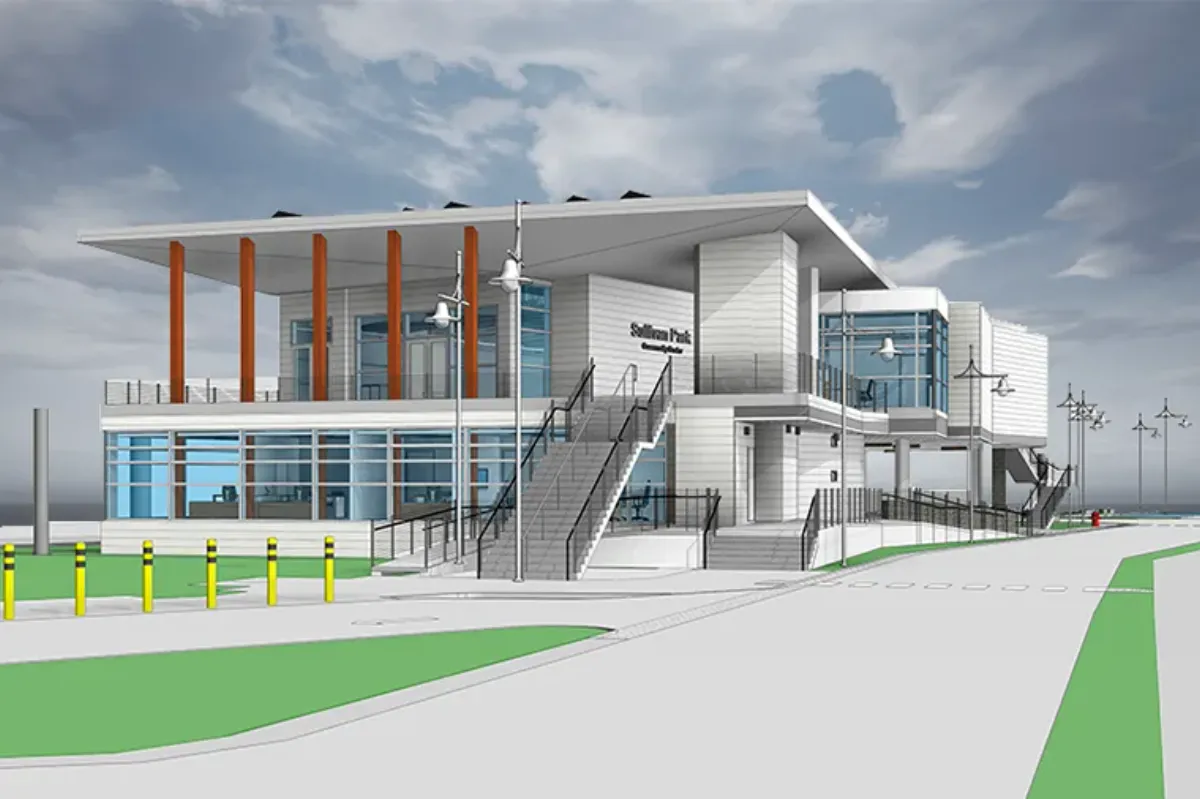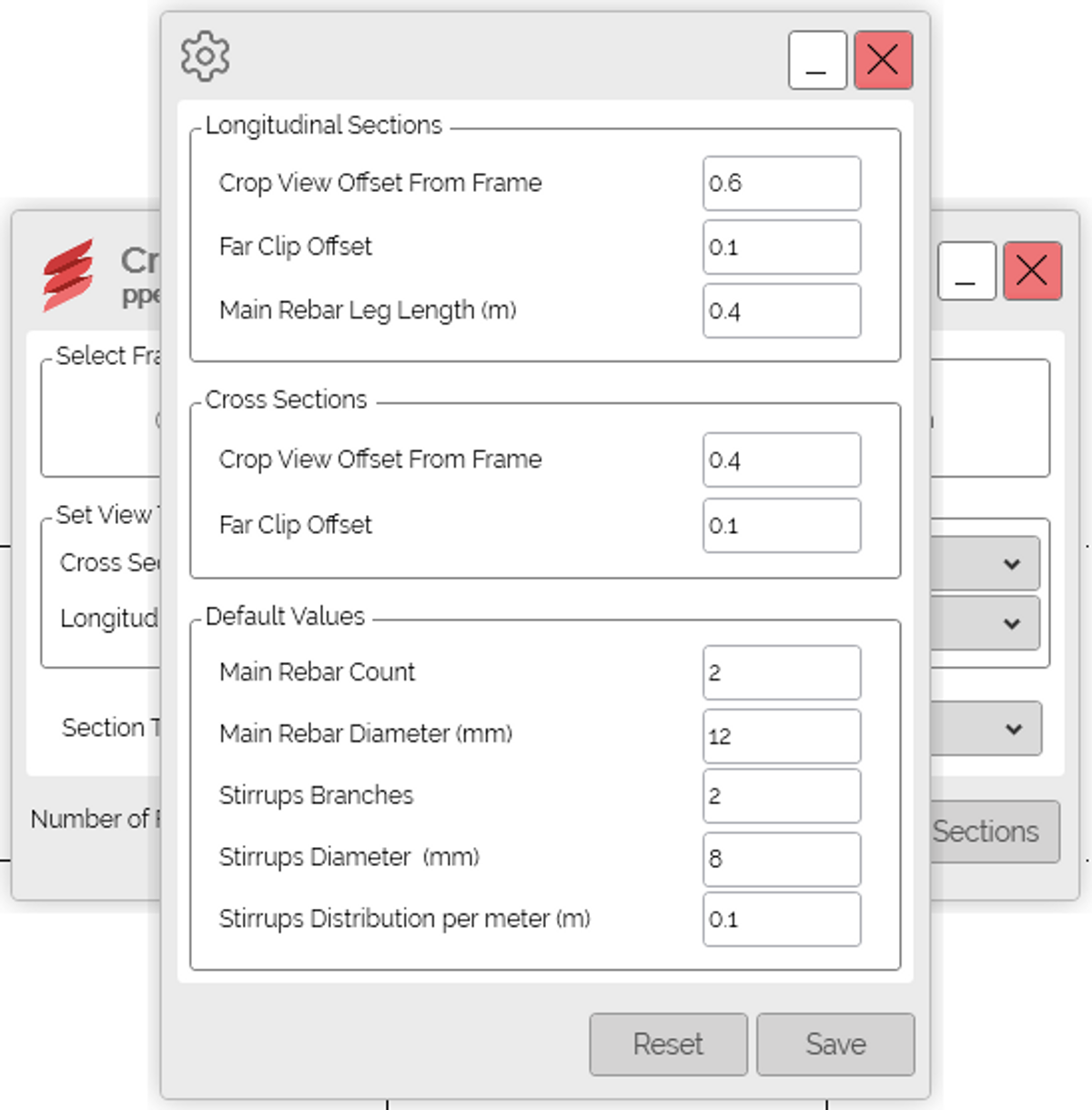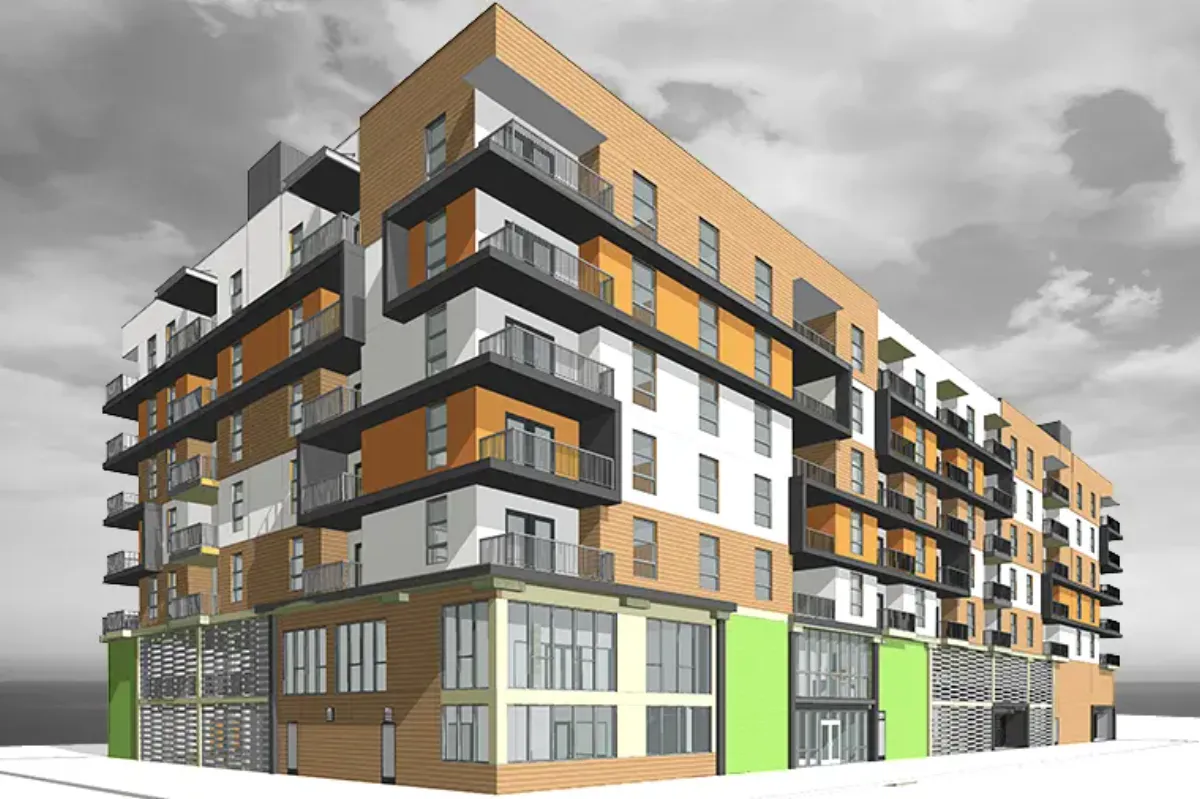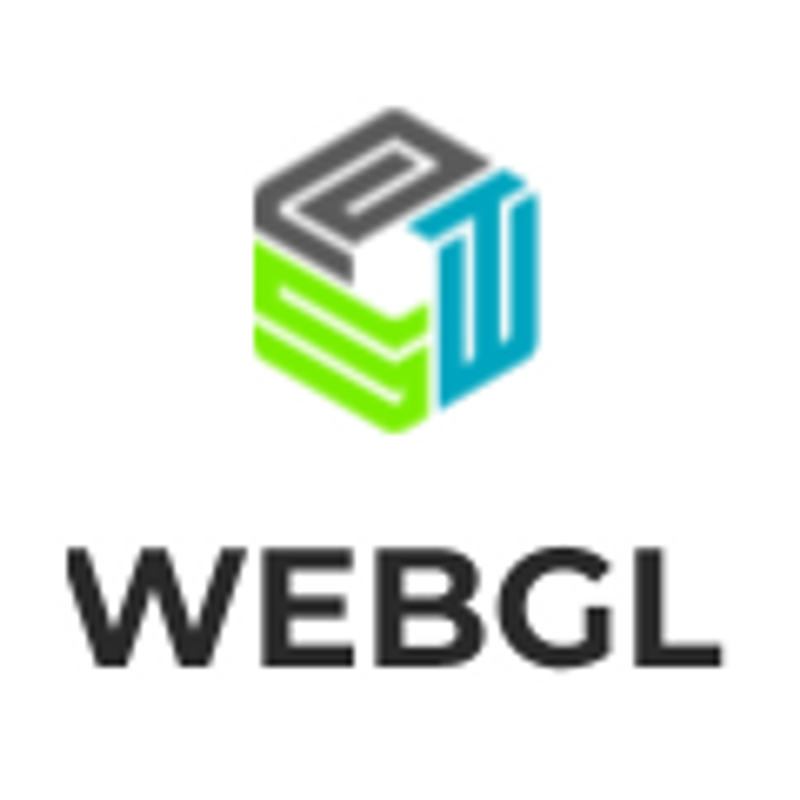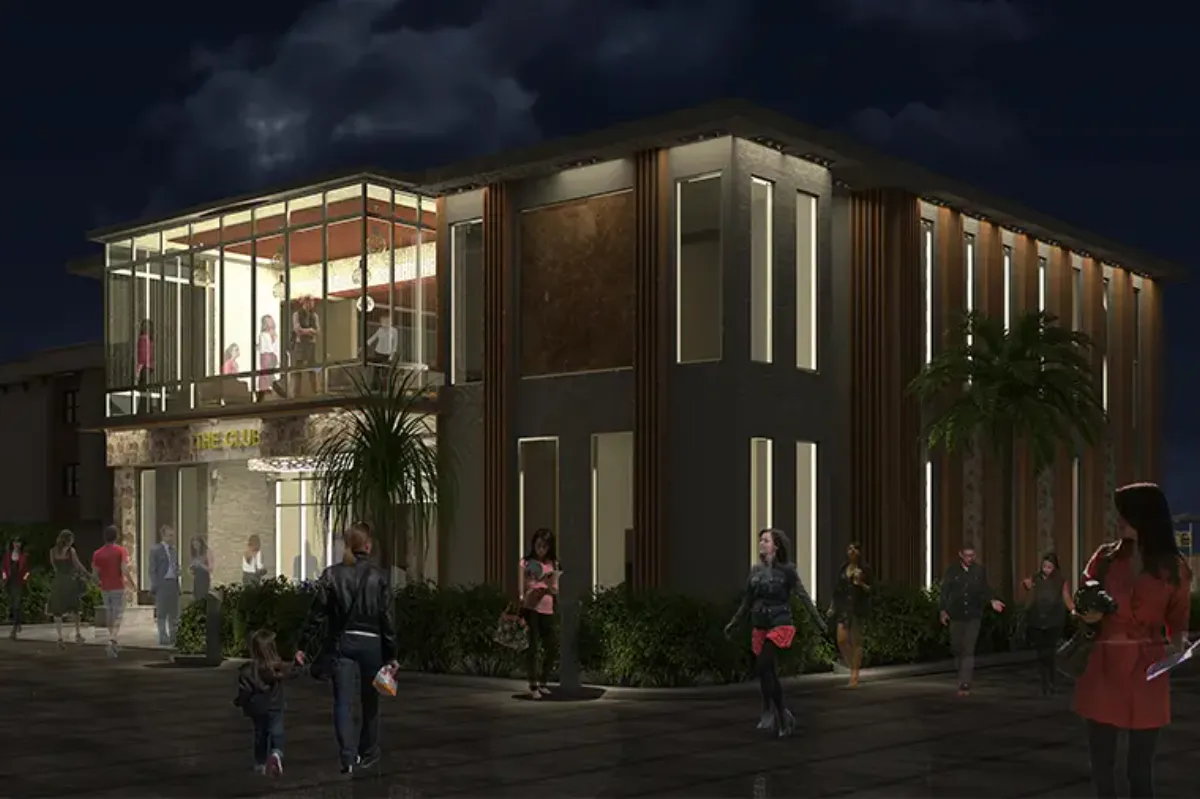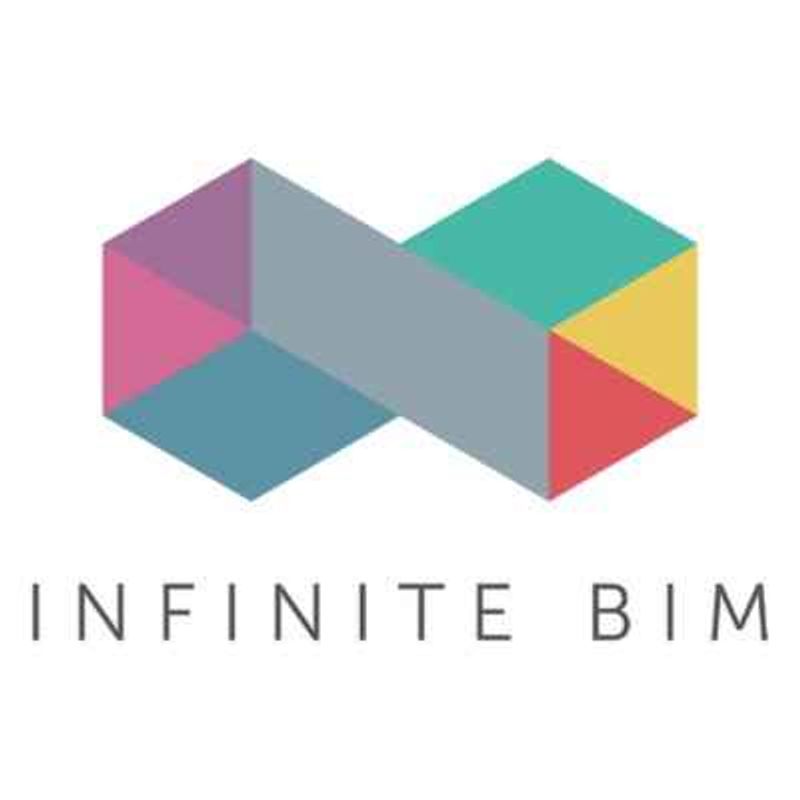KFC, Kentucky
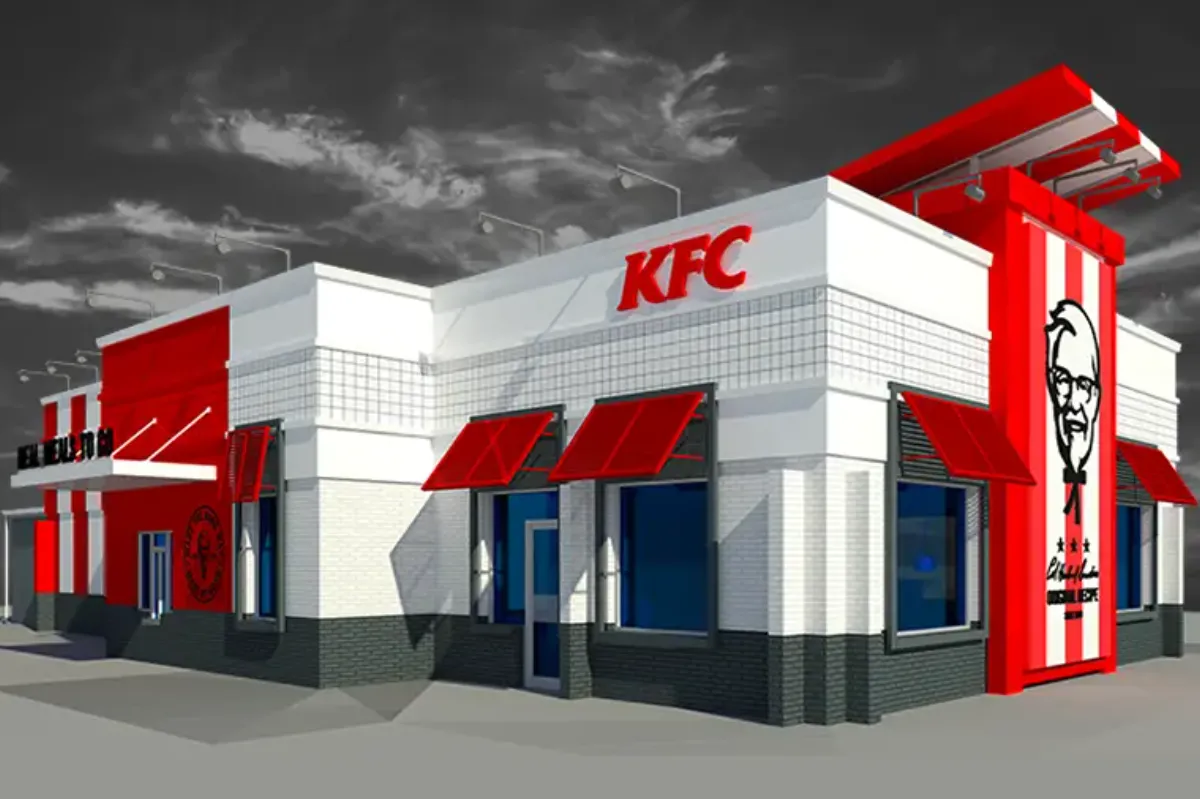
Case Study Description: A single-storey KFC outlet, with an approximate area of 4,255 SF, was redesigned to align with modern design trends while preserving the brand’s architectural identity. The updated design is consistent with other KFC outlets, with the main highlight being the enhanced exterior façade. Key features include the prominently displayed KFC logo, decorative windows with integrated sunshades, and distinctive stack walls that enhance the outlet's visual appeal. The internal layout was provided by the client, followed by improvements to the external elevations to ensure both functionality and aesthetics. AEODC, with a strong track record in delivering stand-alone hospitality BIM projects, was awarded the project to execute the defined scope at LOD 350 using BIM 360. The entire project was completed within a tight deadline of under three weeks. The scope of work included creating a 3D Revit model of the as-built structure, enhancing the model to incorporate the proposed design, and extracting a complete CD set including floor plans, elevations, sections, and architectural details. The project presented multiple challenges, including a limited timeline and complex modeling requirements. AEODC had to create detailed parametric families for decorative windows, sunshades, louvers, and cornices. Moreover, the project had to be delivered in two phases—existing and new—which required precise modeling and coordination to avoid design conflicts. To meet the deadline, AEODC implemented optimized workflows, reused parametric families from previous projects, and maintained strong collaboration with the site team. This ensured timely delivery, allowing efficient phased construction while minimizing delays and costly rework.
Key Facts
View key facts for "KFC, Kentucky".
Tools Used in the Case Study
Discover which tools and technologies were used for "KFC, Kentucky".
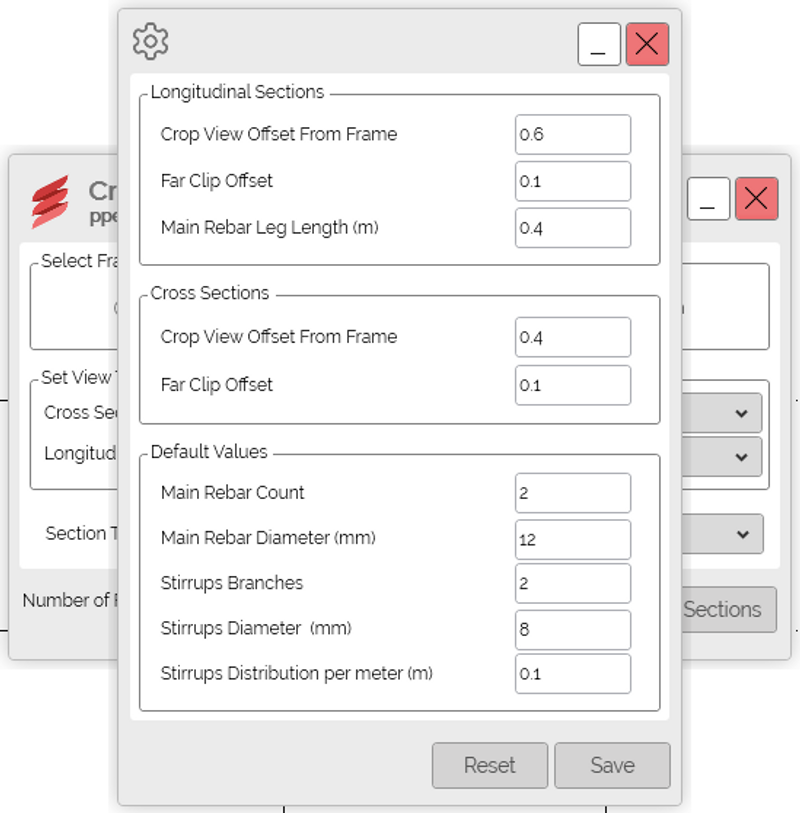
Revit Add-in by Diroots
A Custom Revit Add-in for Structural Framing Reinforcement Workflow
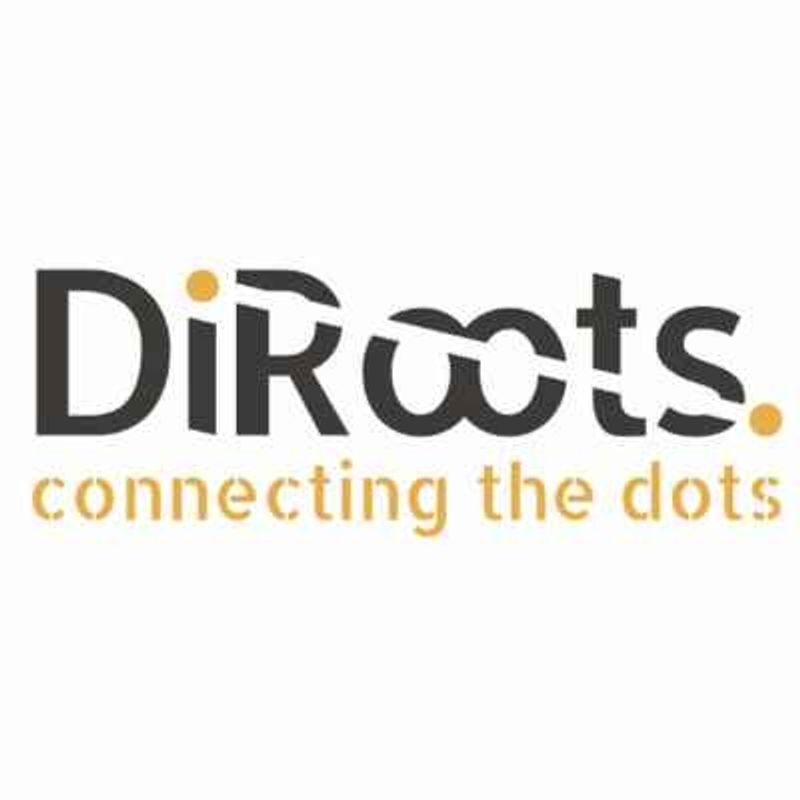
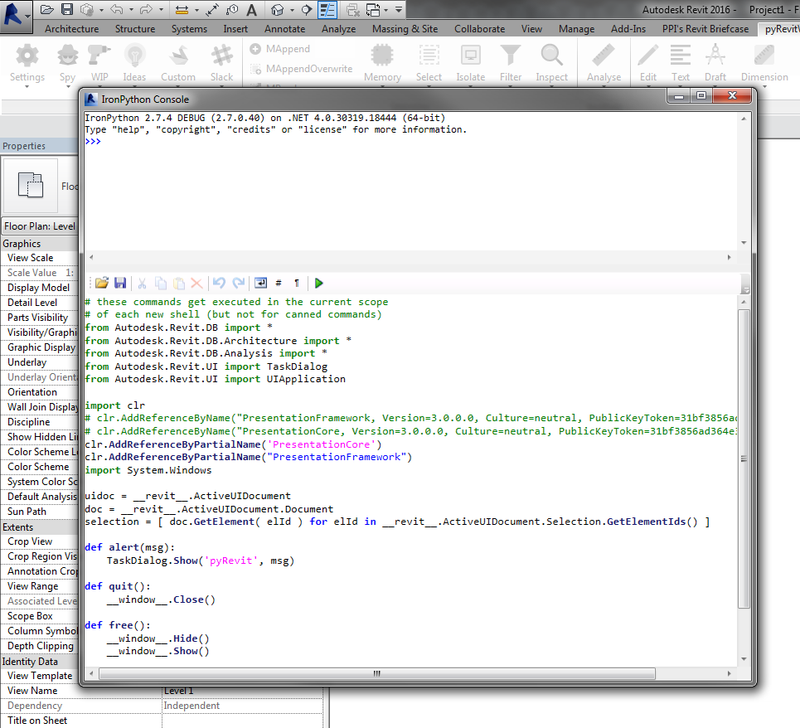
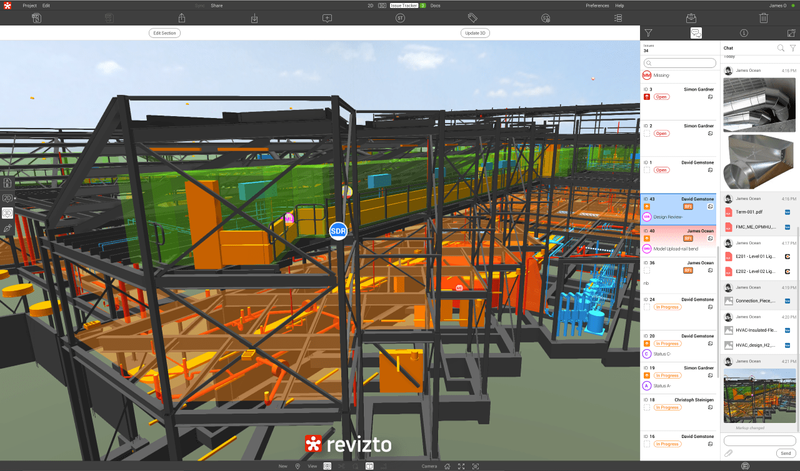
Revizto
Software for real-time issue tracking with a focus on collaboration & BIM project coordination.
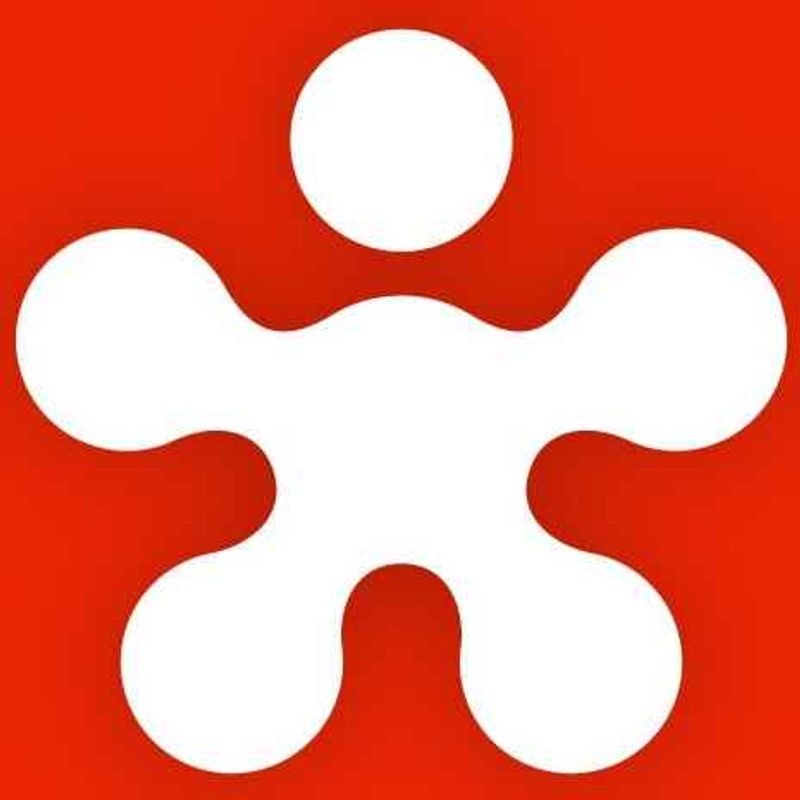
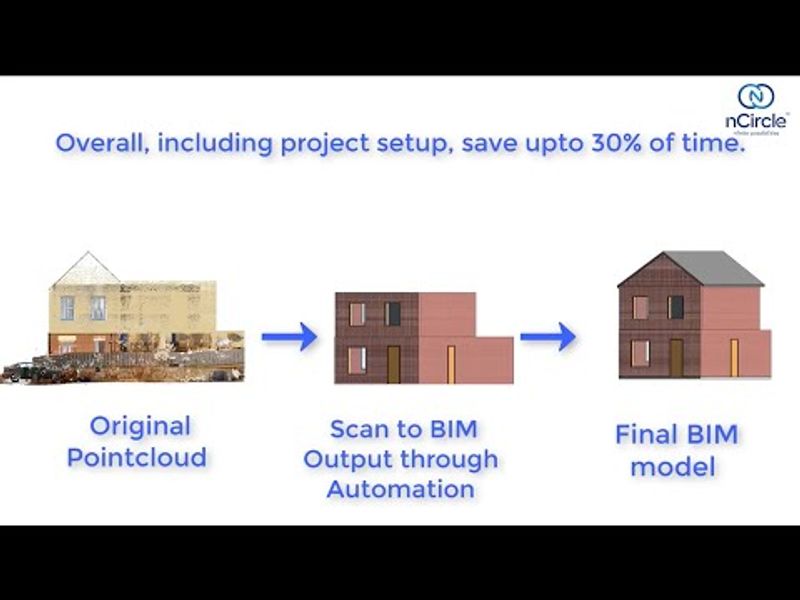
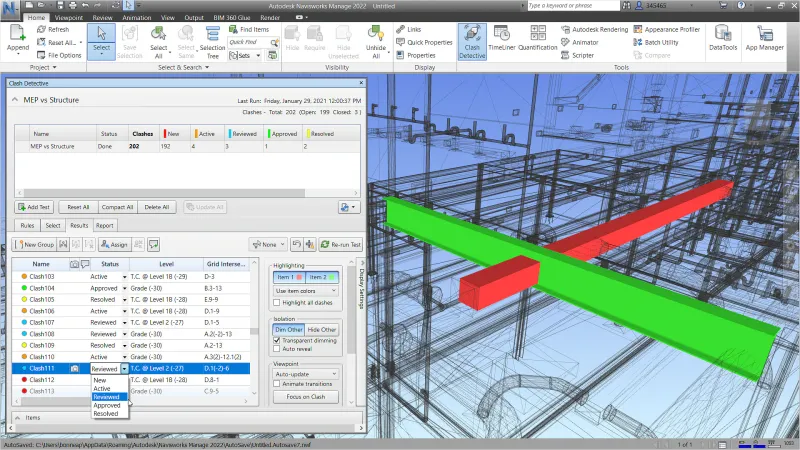
NavisWorks
Navisworks allows users to open and combine 3D models and navigate around them in real-time

User Experience
View user experience for "KFC, Kentucky".
The primary reason behind choosing the combination of Scan to BIM, Navisworks, pyRevit, and Revizto for the KFC, Kentucky project was to ensure accuracy, efficiency, and seamless collaboration within a tight timeline. Given the fast-paced nature of the project, with a delivery window of under three weeks, it was critical to adopt tools that could streamline workflows, enhance precision, and facilitate coordination across teams. Scan to BIM was selected to accurately capture the existing site conditions and convert point cloud data into a reliable as-built Revit model. This eliminated manual surveying errors and significantly reduced modeling time, forming a solid base for further design enhancements. Navisworks was used to conduct clash detection and coordination between existing and new phases of the project. It allowed early identification and resolution of potential conflicts, ensuring the proposed designs integrated smoothly with existing elements and reducing the risk of costly rework on site. pyRevit offered automation and customization features within Revit, allowing AEODC’s team to improve modeling productivity by automating repetitive tasks and customizing tools specific to KFC project needs, such as batch sheet creation and parametric family adjustments. Revizto was chosen for its real-time collaboration and issue-tracking capabilities, enabling all stakeholders, including remote teams, to review, comment, and resolve design queries promptly. It enhanced communication between site and design teams, critical for a phased delivery approach. Together, these tools provided a robust, integrated solution that addressed both the complexity and speed requirements of the KFC project effectively.
-
-
The use of tools such as Scan to BIM, Navisworks, pyRevit, and Revizto had a significant business impact on the KFC, Kentucky project, delivering measurable improvements in efficiency, cost savings, and project delivery speed. By using Scan to BIM, the team was able to generate highly accurate as-built models directly from point cloud data, eliminating manual measurement errors and reducing on-site survey time by nearly 50%. This accuracy minimized design revisions later in the project, saving both time and rework costs. Navisworks contributed to early clash detection and coordination between the existing and proposed building elements. Identifying and resolving conflicts in the pre-construction phase helped avoid costly delays and site modifications. This alone reduced potential rework by an estimated 25%, contributing directly to project cost control. With pyRevit, AEODC was able to automate repetitive modeling tasks, such as sheet setup, tag placement, and family adjustments, leading to a 30–40% increase in productivity. This helped the team stay ahead of schedule, delivering the existing phase earlier than planned and allowing for faster client feedback. Revizto enabled seamless collaboration across teams, especially between design and site teams, ensuring faster decision-making and issue resolution. It significantly improved communication and accountability, reducing coordination delays. Overall, the integrated use of these technologies resulted in a faster project turnaround—completed within the 3-week timeline—and enhanced design quality. The return on investment (ROI) was reflected in reduced manpower hours, lower rework costs, and higher client satisfaction due to timely and coordinated delivery.
-
-
Similar Case Studies
View similar case studies to "KFC, Kentucky".


